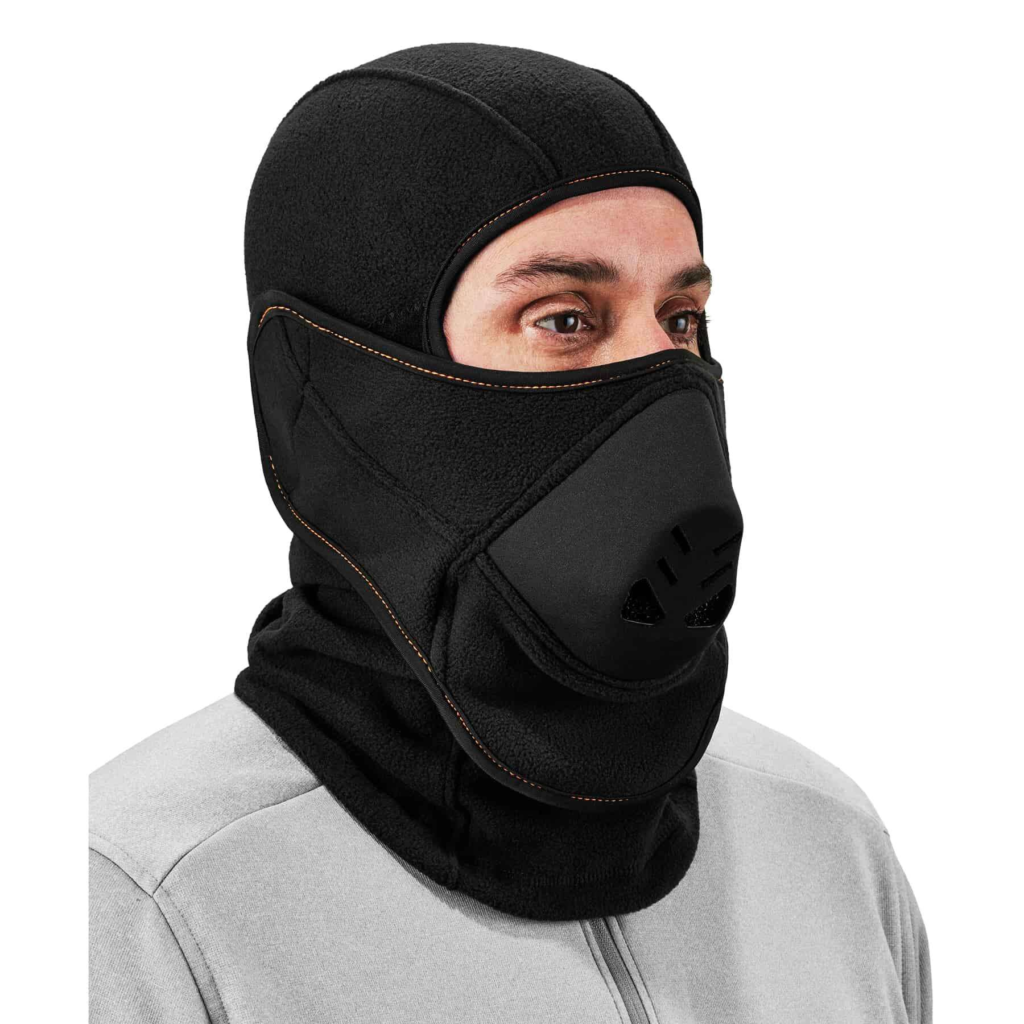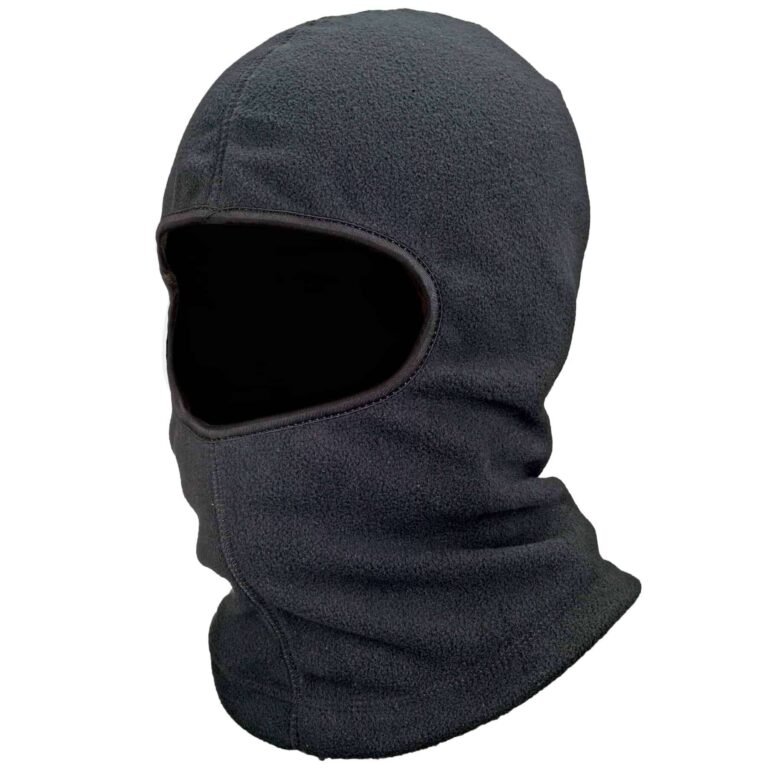The balaclava, a close-fitting head covering that conceals most of the face, is a garment with a rich and often controversial history. From its origins in the Crimean War to its modern-day use in various contexts, the balaclava has evolved into a versatile piece of clothing with both practical and symbolic significance.
Origins and Early Use
The balaclava takes its name from the Crimean War (1853-1856), where it was worn by British soldiers stationed in the city of Balaclava in Ukraine. Designed to provide warmth and protection from the harsh winter conditions, the original balaclava was a simple, woolen garment that completely covered the head and face, leaving only eyeholes.
Early uses of the balaclava extended beyond military applications. It became popular among explorers and mountaineers, providing crucial insulation against extreme cold and wind. Fishermen also adopted the balaclava for similar reasons, finding it essential for protecting their faces from harsh weather at sea.
Evolution and Diversification
Over time, the balaclava has undergone significant transformations. Modern versions are available in a wide range of materials, including wool, fleece, synthetic fabrics, and even specialized materials like neoprene for water sports.
The design has also evolved, with variations offering different levels of facial coverage. Some balaclavas now feature cutouts for the mouth and nose, allowing for easier breathing and communication. Others incorporate features like integrated face masks or neck gaiters, enhancing their versatility and functionality.
The Balaclava in Modern Society
Today, the balaclava remains a popular and practical garment with a diverse range of applications:
Winter Sports: Skiers, snowboarders, and other winter sports enthusiasts rely on balaclavas to protect their faces from the elements, including cold, wind, and snow.
Motorcycling: Motorcyclists often wear balaclavas under their helmets to provide extra warmth and comfort, especially in colder weather.
Tactical and Law Enforcement: Law enforcement and military personnel may use balaclavas for tactical purposes, such as concealing their identity during operations or protecting their faces from debris and projectiles.
DIY and Home Improvement: Balaclavas can be used as dust masks to protect the face and airways from dust and debris during DIY projects.
Fashion and Lifestyle: In recent years, the balaclava has gained popularity as a fashion accessory, particularly in urban and youth cultures. It can be incorporated into various styles, from streetwear to high-fashion.

The Crimean War and the Birth of the “Balaclava”
Extreme Conditions: British soldiers stationed in Balaclava during the Crimean War faced brutal winter conditions.
Knitted Solutions: Women back home knitted woolen head coverings to provide warmth for the troops. These simple, close-fitting garments completely covered the head and face, leaving only eyeholes.
Naming and Spread: These knitted head coverings became known as “balaclavas” and quickly spread to other military units and civilian populations.
Evolution and Diversification
Material Innovations: From traditional wool to modern synthetics like fleece and neoprene, materials have evolved to enhance warmth, moisture-wicking, and durability.
Design Variations
Full-face: Covering the entire head and face, leaving only eyeholes.
Half-face: Covering the head and lower face, leaving the mouth and nose exposed.
Neck Gaiters: Integrated with neck protection for added versatility.
Cutouts: Variations with openings for the mouth and nose for easier breathing and communication.
The Balaclava: A Timeless Garment
Despite its controversial associations, the balaclava remains a versatile and enduring piece of clothing. From its origins in the harsh realities of the Crimean War, it has evolved into a garment with diverse applications in modern society.
Further Exploration
Historical Research: Delve deeper into the history of head coverings and their evolution leading to the balaclava.
Material Science: Explore the advancements in materials used for modern balaclavas and their impact on performance.
Cultural Studies: Analyze the cultural and social significance of the balaclava in different contexts.
The Balaclava and Controversy
The balaclava’s association with criminal activities has led to controversy and negative connotations. In many jurisdictions, wearing a balaclava in public may be restricted or even prohibited, particularly in situations where it could be used to conceal identity during the commission of a crime.
This association has led to the balaclava being stigmatized in some contexts, despite its legitimate uses for protection and warmth. However, it’s important to remember that the vast majority of people who wear balaclavas do so for legitimate reasons, and the actions of a few should not overshadow the practical benefits of this versatile garment.
The Future of the Balaclava
The balaclava continues to evolve, with ongoing innovations in materials and design. As technology advances, we may see the emergence of even more sophisticated balaclavas with integrated features such as enhanced breathability, improved insulation, and even communication capabilities.
Despite the controversies surrounding its use, the balaclava remains a valuable and versatile piece of clothing with a rich history. From its origins in the Crimean War to its modern-day applications, the balaclava has proven its adaptability and continues to serve a variety of needs in today’s world.
FAQs
What are balaclavas and what are they used for?
A balaclava is a close-fitting head covering that conceals most of the face, typically leaving only the eyes and mouth exposed. Primarily designed for warmth and protection, balaclavas are widely used in winter sports like skiing and snowboarding to shield the face from cold, wind, and snow. They are also popular among motorcyclists for added warmth under helmets. Beyond these practical applications, balaclavas have found use in tactical and law enforcement operations, DIY projects, and even as a fashion accessory in recent years.
What are the different types of balaclavas available?
Balaclavas come in various styles. Full-face balaclavas completely cover the head and face, leaving only the eyes exposed. Half-face balaclavas cover the head and lower face, leaving the mouth and nose exposed. Some balaclavas feature cutouts for the mouth and nose, allowing for easier breathing and communication. Additionally, neck gaiters are integrated with neck protection, offering added versatility.
What materials are balaclavas typically made from?
Traditionally, balaclavas were made from wool. However, modern balaclavas are often crafted from a range of materials, including fleece, synthetic fabrics like polyester, and specialized materials like neoprene for water sports. These materials offer varying levels of warmth, moisture-wicking capabilities, and durability.
To read more, Click Here
